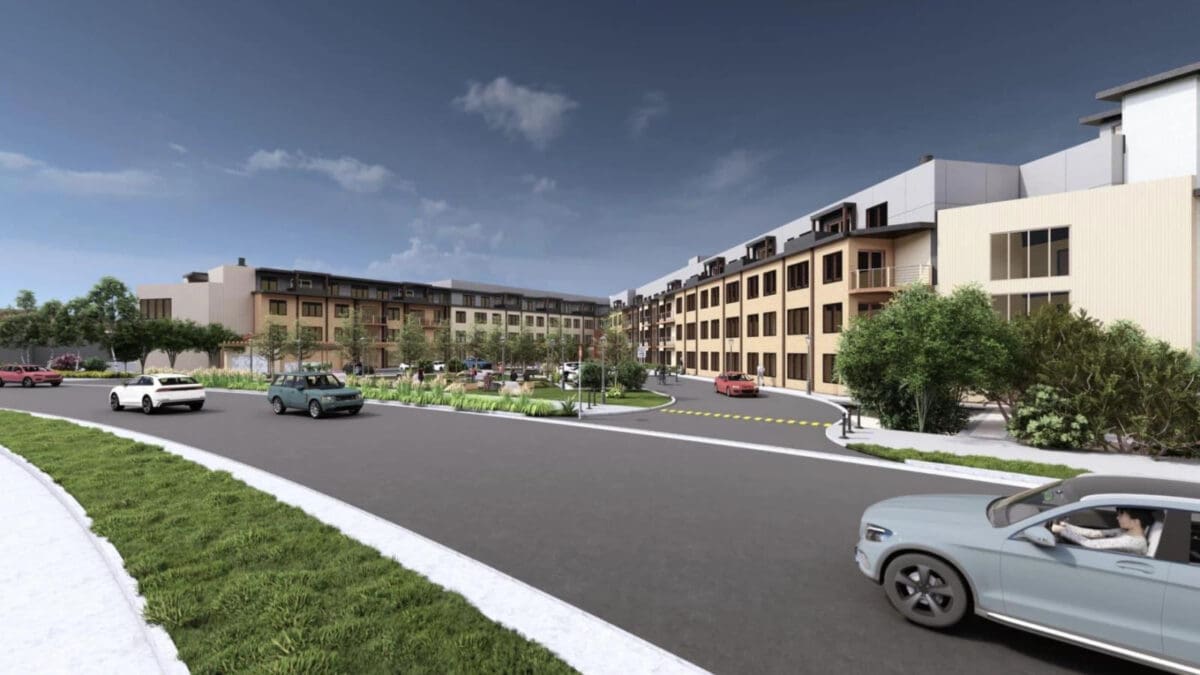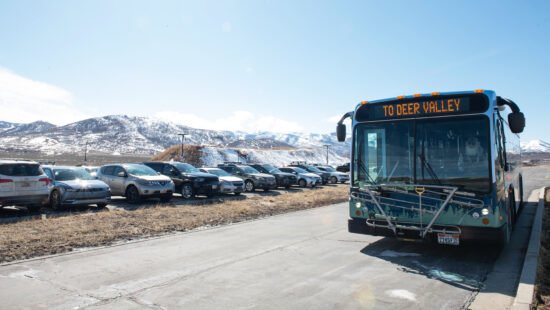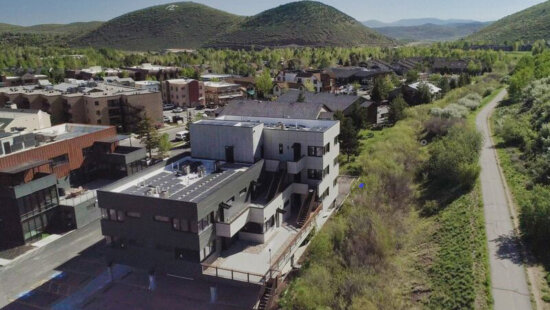Town & County
Park City Council overhauls housing guidelines amid rising vacancies in income-restricted units

A rendering of the EngineHouse development, which will include 99 deed-restricted affordable housing units. Photo: Park City Municipal
New affordability standard aims to keep workers in town amid high cost of living
PARK CITY, Utah — Faced with an unexpected rise in vacancies in income-restricted housing—even as housing demand remains high—Park City is changing how it defines affordability in an effort to better serve the local workforce.
Last week, the City Council unanimously approved a resolution to revise its affordable housing guidelines, shifting away from the federally defined Area Median Income (AMI) and adopting a new, locally tailored metric called Workforce Wage (WFW). The move is intended to align housing eligibility with what Park City workers actually earn—not with what it costs to live here.
“Our concern is that the people who can afford to live here skew the income numbers,” said Rhoda Stauffer, the city’s Affordable Housing Manager. “It doesn’t account for people who have to commute in to jobs.”
Of the roughly 12,000 people who work in Park City each day, approximately 8,500 commute in from outside city limits, according to city data. That’s one reason Stauffer and the Council believe the traditional AMI standard no longer reflects the needs of the community.
Under the new guidelines, rental units will be targeted to households earning 100% of the Workforce Wage, which is equivalent to just 56% of AMI. City officials say the change will broaden access for working families—especially those with two incomes who previously made “too much” to qualify for affordable housing, yet too little to afford market-rate rent.
The change comes in response to recent reports from property managers that some income-restricted units—once in high demand with long waitlists—are now sitting vacant. Stauffer said the trend has emerged over the past month, with residents choosing to relocate to less expensive communities such as Heber or Salt Lake City.
“It’s just a recent problem, so it’s hard to know what the trend is,” she said. “But the property manager also thinks that we are just too costly here in Park City.”
The resolution includes flexible language that allows city officials to negotiate income limits with developers based on real-time conditions. “We took out a specific number because the waiver discussion is a negotiation between the developer and the city, and sometimes we need to allow for a little bit higher incomes,” Stauffer explained.
Stauffer said she consulted the Kem Gardner Institute to see if they had any relevant information that would shed light on the issue. Though officials there said it’s much too recent to have any trending data they acknowledged all over the state that immigration concerns are emptying out a lot of housing units.
The conversation also surfaced broader issues in Park City’s housing landscape, such as how unit sizes and designs can affect affordability and feasibility. Councilmembers debated whether requiring affordable units to mirror the scale of market-rate homes might discourage developers from participating in city programs.
The resolution further differentiates between “affordable” and “attainable” housing. Affordable housing is aimed at low-income renters and buyers, while attainable housing targets slightly higher earners—like school administrators or public employees—who still can’t afford to buy a home in Park City.
“Even school superintendents can’t afford to buy a house here,” Stauffer noted.
Several councilmembers emphasized the importance of collaborating with local employers—including ski resorts and small businesses—to understand what types of housing workers actually want and need.
“If we really want to move the needle on traffic, on workforce retention, and on community building, we need to know who our workers are and what kind of housing they can and want to live in,” councilmember Tana Toly said.
Councilmember Ryan Dickey said the discussion underscored the importance of digging deeper into what AMI figures really represent.
“It’s just about getting more information,” he said. “I used to think of 30% of AMI as the 30th percentile, but it’s not that simple. Below a certain point, there are very few people actually earning those incomes. If we better understood the population size within each AMI bracket, we could target our housing policies more effectively. That kind of context is really important—especially as we consider future projects.”
While the resolution is intended to be updated annually, the Council indicated they may revisit key provisions sooner if conditions warrant it.



















